Dharma can be classified into ordinary (samanya dharma) and extraordinary (visesha dharma). Ordinary dharma is common to everyone. They are like the rivers that flow on their ordinary course. Special dharmas are like floods that breach the banks and flow in full spate. Sri Ramanujamji said in a discourse that the ordinary dharma includes the universal codes found in the Vedas, like speaking only the truth (satyam vada) and treading the path of righteousness (dharmam chara). Included in the extraordinary dharma are the concepts such as surrender and bhakti.
Sri Ramayana reveals both types of dharma. Lord Rama wanted to demonstrate how to lead a virtuous life. An Azhwar says (Manisarkaka padadhanapattu) that Sri Rama underwent untold misery for the sake of the people.
Sri Rama and his brothers established how to foster brotherhood. Lakshmana had undertaken personal service to Rama (dasyam). Bharatha’s conduct revealed the rarest quality of sacrifice (thyagam). Satrugna’s attitude was an example of rendering service to the devotees of God. King Dasaratha gave up his life for the sake of his son. Sumitra told her son Lakshmana not to return to the kingdom if Rama did not return from the forest.
Through the treaty with Guha and Sugreeva, Sri Rama revealed the meaning of friendship. Sugreeva told Sri Rama, who assured him the kingdom of Lanka, that the former would submit everything to Rama.
It is said in a metaphor that Lanka is the sea of samsara, and Sita is the jivatma caught in the grip of the 10 faculties Ravana; Hanuman is the acharya to retrieve and reunite with the Brahma swarupa Lord Rama.
Published – October 14, 2024 04:45 am IST

